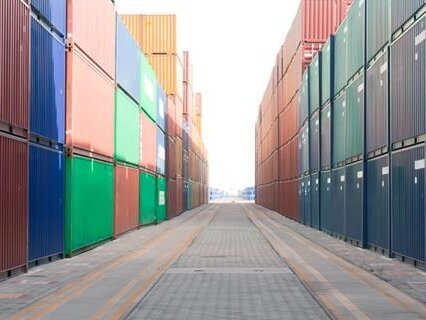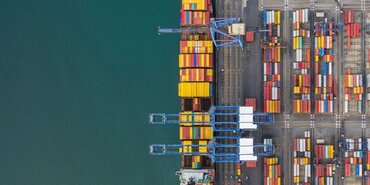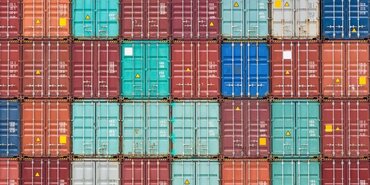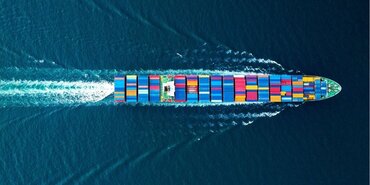TT Talk: What autonomous ships mean for ports
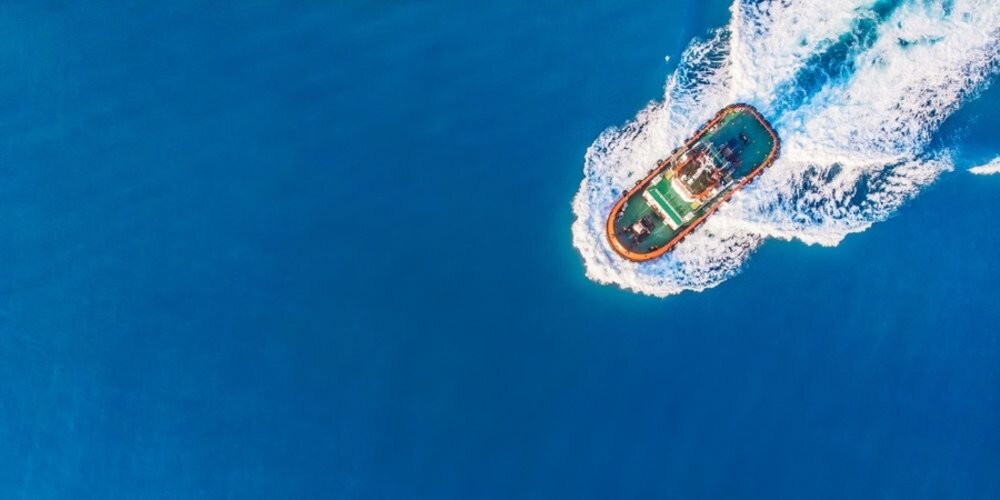
Regulatory developments
The International Maritime Organization (IMO) is planning to make its new Maritime Autonomous Surface Ships (MASS) Code non-mandatory from 2026 and mandatory from 2032, addressing aspects of autonomous ship operation not currently covered by IMO’s human-centric regulations and codes. It will identify four degrees of automation, ranging from automated processes and decision support – which many existing ships already have – to full artificial intelligence (AI) autonomy.
Crucial regulatory changes will include defining the terms ‘master,’ ‘crew,’ and ‘responsible person,’ specifying the role and competencies of MASS crew, outlining requirements for ‘remote control stations,’ establishing criteria for ‘remote operators’, addressing liability concerns for new actors such as network providers and system developers, and achieving consistency in terminology surrounding accountability.
Liability shifts
Uncrewed and autonomous ships will also reshape liability in maritime incidents, not least those involving collisions with port infrastructure. Traditionally, skilled seafarers ensured careful navigation but, in uncrewed scenarios, shore-based controllers or software developers assume navigation duties, introducing new liability players with distinct responsibilities.
As self-sailing ships become reality, the liability landscape will shift, potentially ending conventional crew-related risks and minimising errors during cargo operations. Contractual obligations will remain, such as shipowners ensuring seaworthiness, but there may also be novel and possibly unforeseeable risks related to shoreside control centre security and global software standards – with implications for product and tort liability in cases of software glitches or mechanical malfunctions.
Cyber security
Autonomous ships depend on robust connectivity, making cyber security a key consideration. While maritime-cyber incidents may be relatively low, the landscape is changing rapidly. The reliance on advanced technology and the intricate web of connectivity heightens the potential risks of cyber attacks.
A fundamental concern stems from the interaction between onshore crews and autonomous vessels. The need for operational commands from remote locations introduces an avenue for potential cyber-attacks.
There is no doubt that the shift towards autonomy will require stronger cyber defences.
Autonomous port boats
While trials of autonomous ships are being carried out around the world, such as the Yara Birkeland container ship launched in Norway in 2020, there has already been significant automation in the smaller specialist craft used by ports – including pilot boats, launches, tugs, dredgers and survey vessels.
These fleets traditionally need round-the-clock crews whose labour costs, training expenses and scheduling complexities make their operations expensive. Autonomous versions of these boats could reduce costs, but they can also work continuously without fatigue, reduce the risk of operating in challenging conditions and achieve a mechanical precision that exceeds human capabilities. This increased operational ability could help to boost port throughput significantly without expanding physical infrastructure.
However, while autonomous systems excel at routine operations, they may struggle with unexpected situations that experienced mariners handle instinctively.
Emergency medical evacuations, sudden mechanical failures or unusual weather conditions may still require human intervention—forcing ports to run hybrid fleets during an extended transition period.
Conclusion
The coming of autonomous ships presents port operators with one of their greatest strategic challenges. Those successfully navigating the transition, including with their own work boats, will emerge with significantly lower costs and enhanced capabilities. The question is not whether this transformation will occur, but which ports will prosper in this brave new AI-powered and Internet-of-Things-enabled maritime world.
TT Club believes that partnership and collaboration are the paths to successful transformation. Working closely with its port members, the club will continue to shape insurance covers that anticipate and accommodate the intricacies of autonomous ships.
TT Club would like to extend thanks to Ansuman Ghosh, Director, Risk Assessment UKP&I Club for contributing to this article.
Documents
TT_Talk_-_Edition_324__Chinese_.pdf (484 kB) 08/10/2025
- Date
- 30/06/2025
